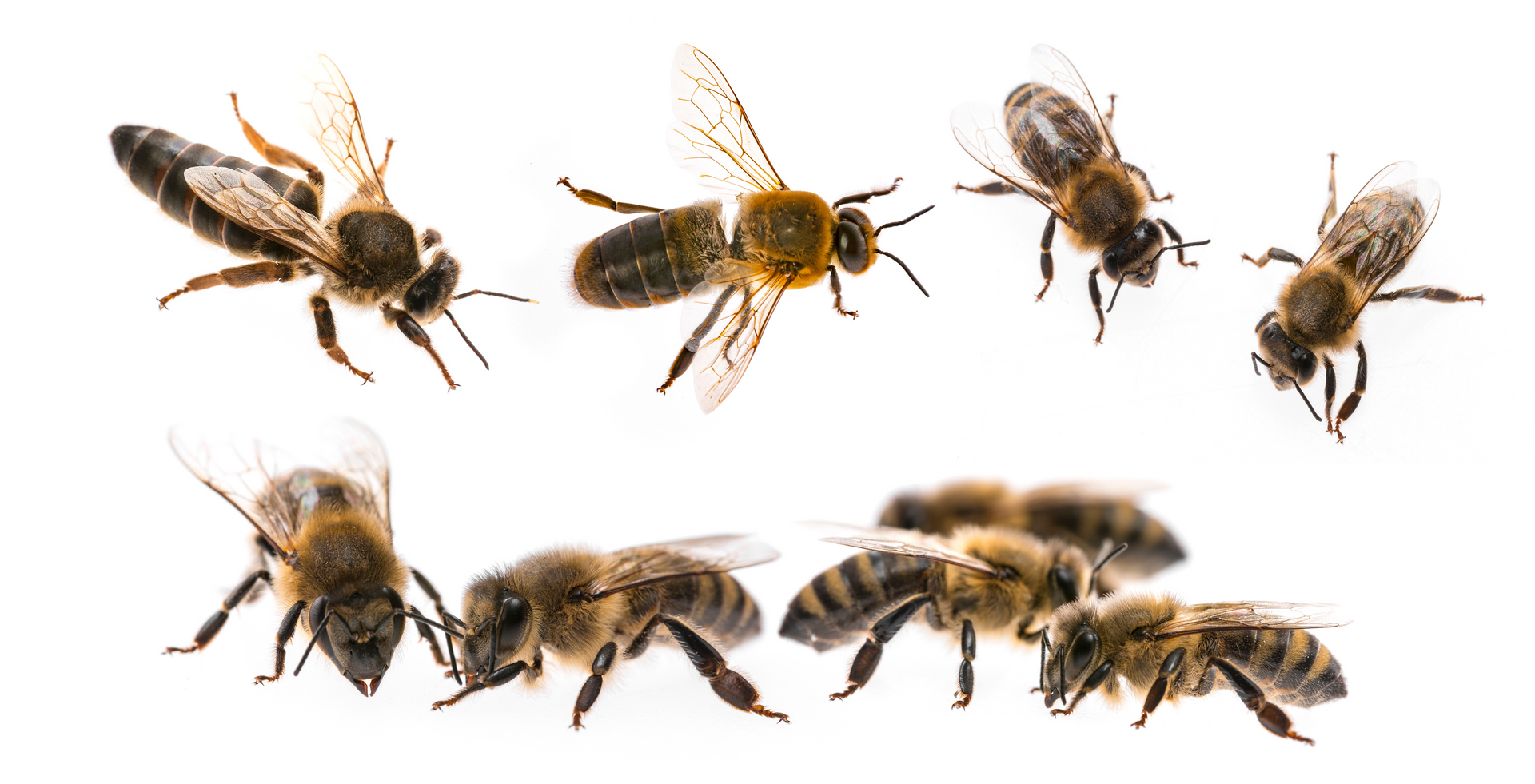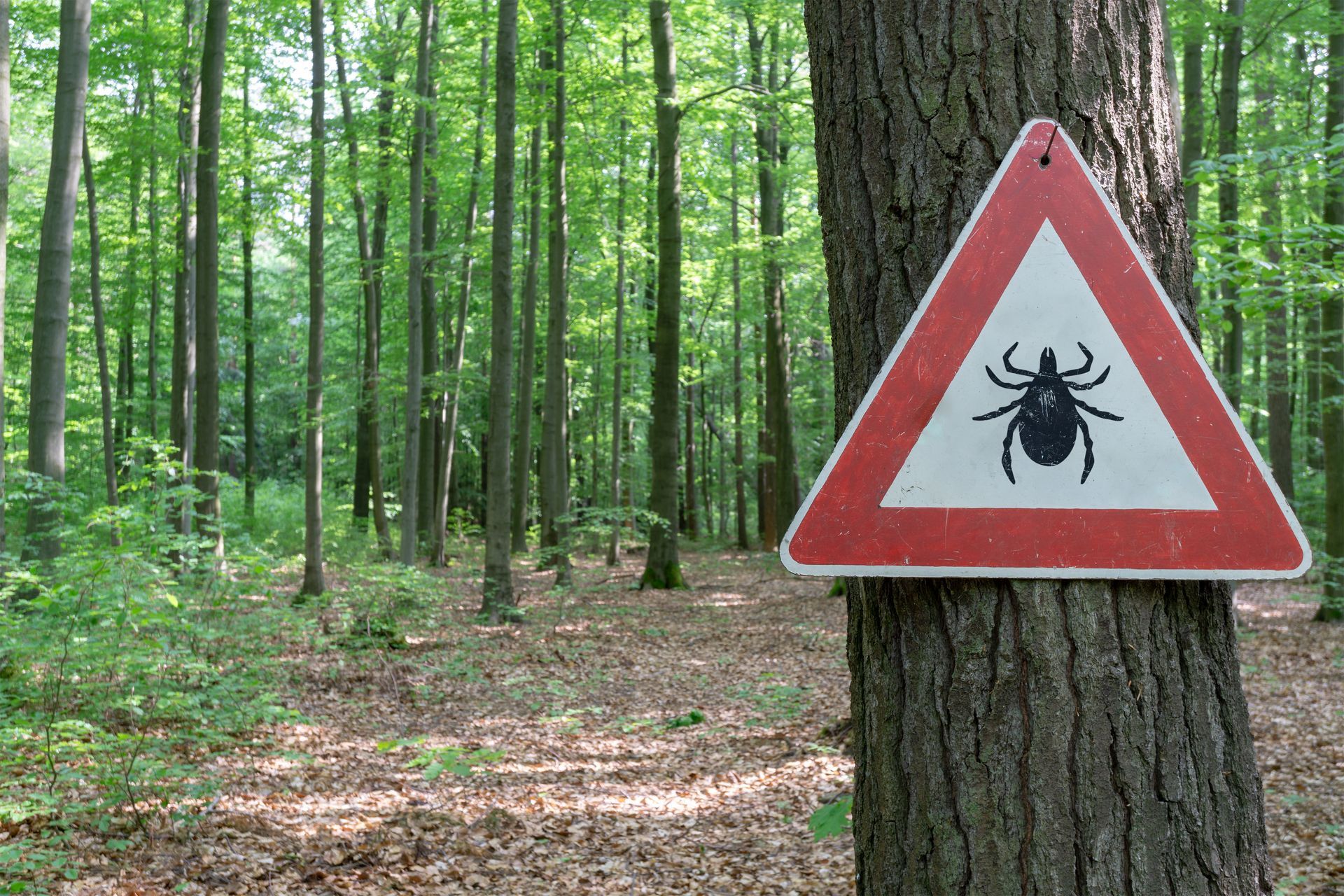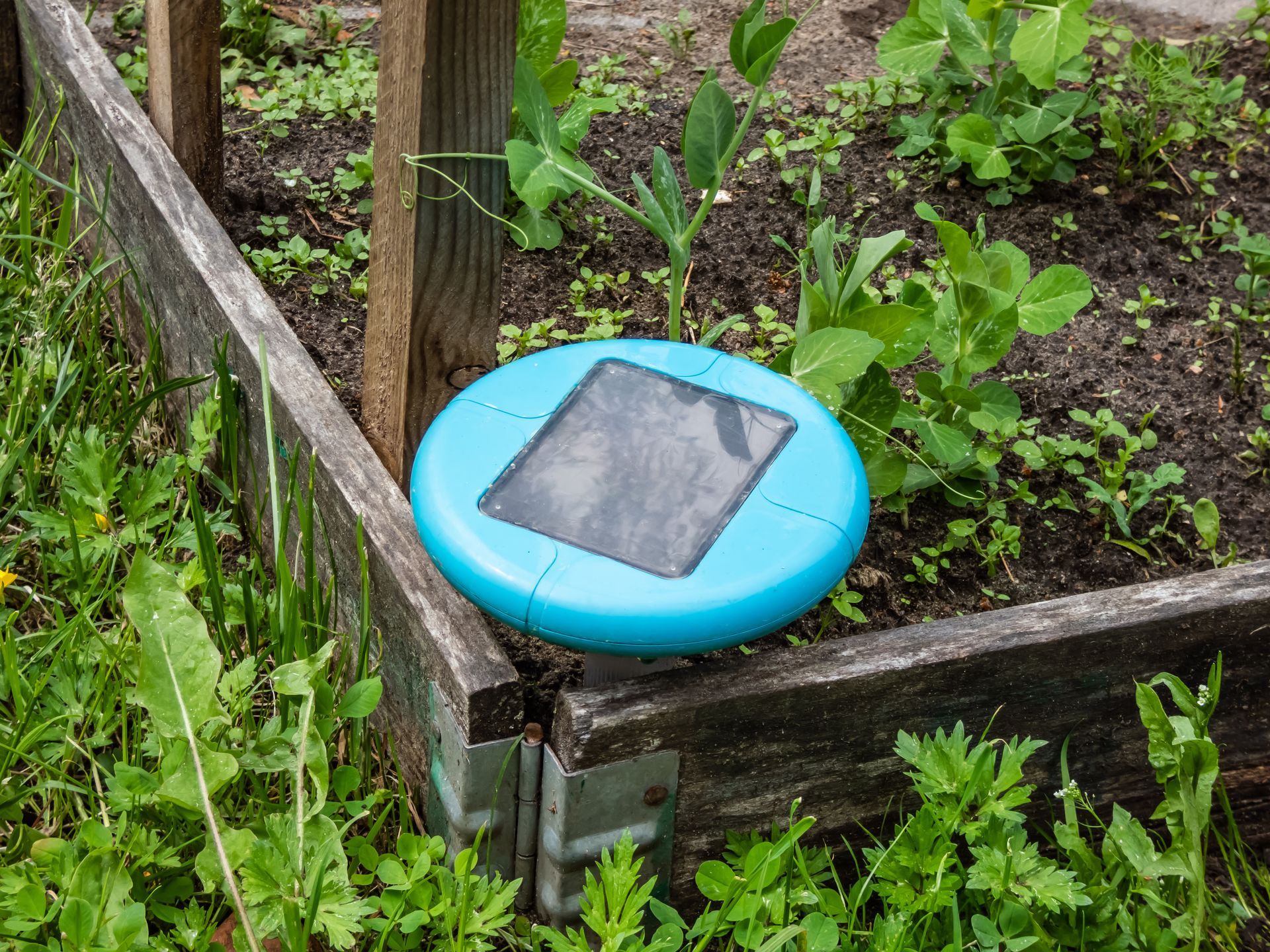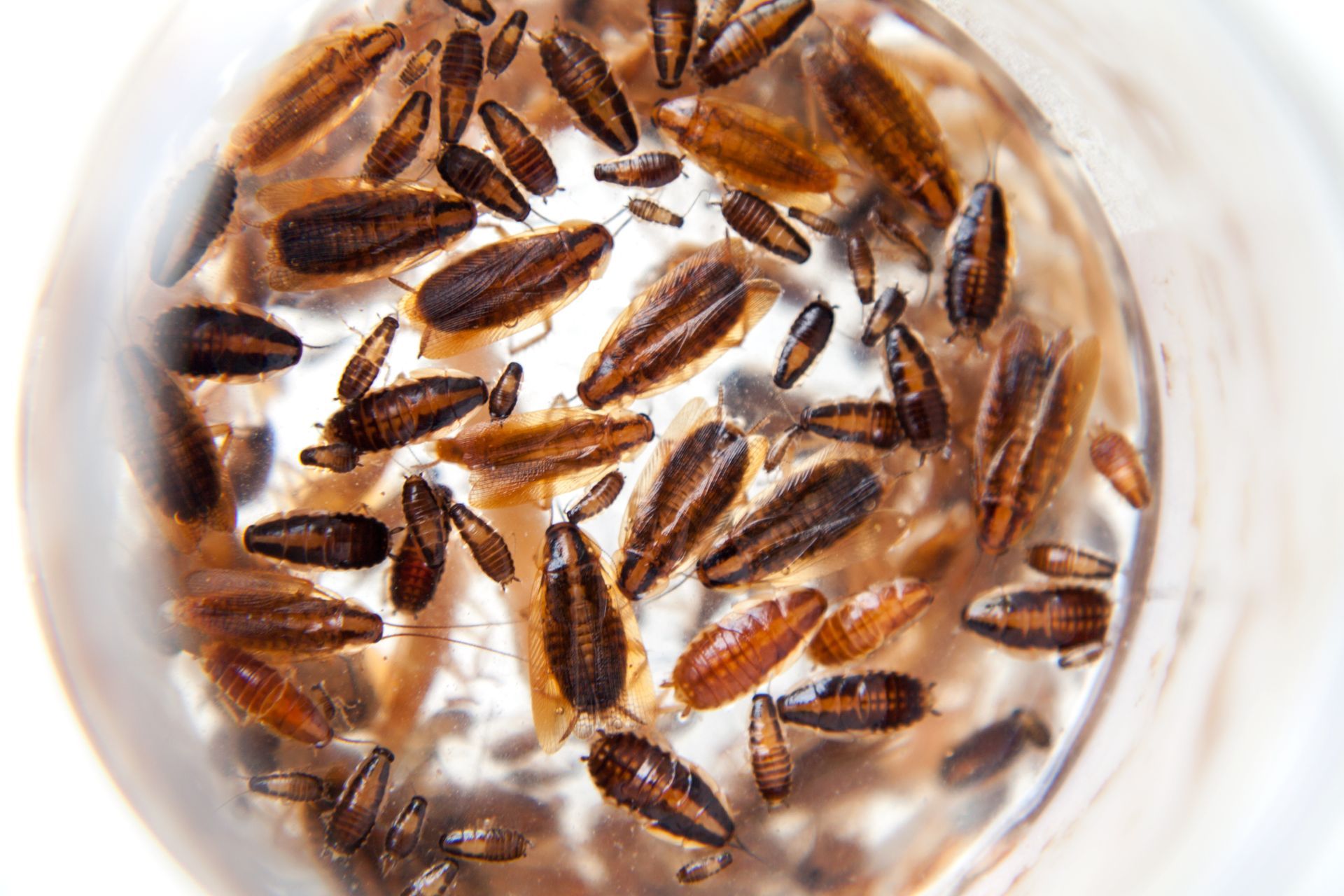What is the Best Bait for Mouse Traps?
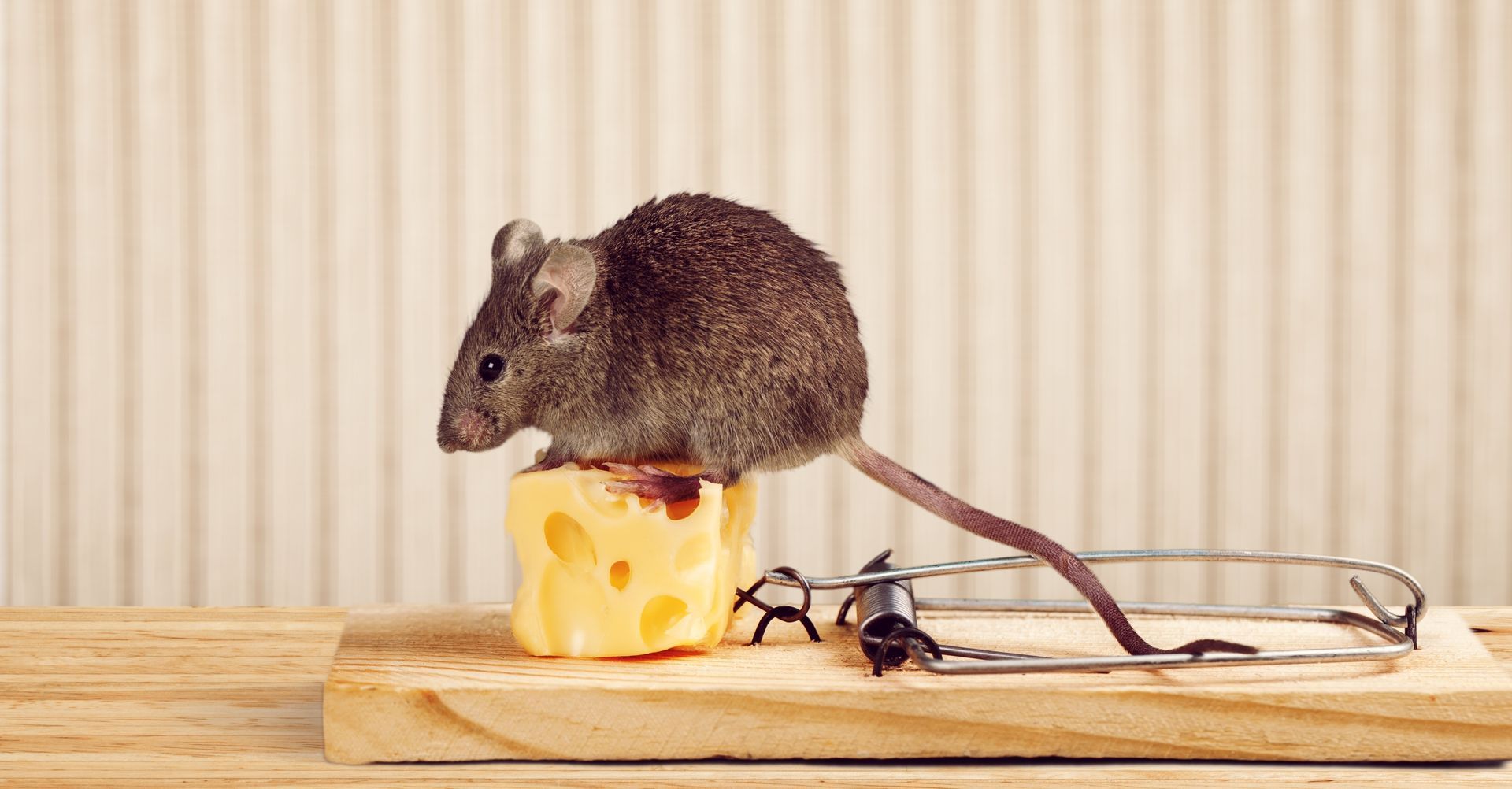
Choosing the right bait for mouse traps is crucial for effectively managing rodent problems in your home. Wild mice are opportunistic feeders that naturally seek out seeds and nuts, but they often turn their attention to high-calorie sweets and fatty foods once inside human residences. This dietary preference makes certain types of baits particularly effective. For instance, small portions of peanut butter or soft cheese have proven to be irresistible to these pests, due to their strong aroma. It helps that the consistency of these items is somewhat sticky and moldable which helps in preventing bait theft that often frustrates homeowners. Whether you are dealing with a minor nuisance or a full-blown rodent infestation, selecting the right mouse trap bait can significantly enhance the effectiveness of your trapping efforts, ensuring quick and humane resolution to mice problems.
How to Use Mouse Traps
When it comes to eliminating mice from your home, using mouse traps is one of the most direct and effective methods. Traps not only provide a solution to quickly remove these unwanted guests but also offer tangible evidence that the issue is being addressed. There are several types of mouse traps available that are each designed with specific features to suit different preferences and situations. Understanding how to use these traps effectively is key to maximizing their efficacy and ensuring your home becomes mouse-free as soon as possible.
Here's a breakdown of the different types of mouse traps you might consider:
- Spin Traps: A discreet option that allows for a clean experience without having to see or touch the deceased mouse. These circular plastic traps are not pre-baited and require a dab of bait like peanut butter. Once set and placed along walls or in corners, they kill the mouse upon entry and seal it inside with a visible indicator to show a successful catch.
- Snap Traps: Snap traps are a traditional and widely used option that are known for their effectiveness. Just a small dab of peanut butter can lure mice into these traps, which are designed to kill instantly. These traps use a pressure plate that is connected to a spring loaded mechanism that snaps shut when triggered. Bait is applied to the pressure plate and when a mouse comes to snack, the mechanism is released from the pressure which causes it to clamp down on the mouse.
- Glue Traps: These traps are simple to use and do not require baiting. They should be positioned in areas of known mouse activity where they will capture mice with a sticky adhesive as they walk across. This results in the mouse starving or dying of thirst. The issue with these types of traps is that they are being considered for a nationwide ban for their inhumane method of killing rodents.
Proper placement of these traps is crucial for success. Positioning them close to walls and in secluded corners where mice frequently travel increases the chances of capture. Always wear gloves when handling used traps to avoid contact with potential pathogens. By selecting the appropriate type of trap and positioning it correctly, you can effectively control and eliminate mice from your environment.
What Foods Are Irresistible to Mice?
Mice have diverse tastes and are drawn to various foods which make them susceptible to several types of baits. While cheese is commonly believed to be the ideal bait, peanut butter is actually more effective due to its strong, nutty aroma and sticky consistency. For those who might not have peanut butter, here are other top choices for enticing mice into traps:
- Peanut Butter: Offers a strong aroma and sticky texture that mice find irresistible.
- Candy: The sweetness attracts mice looking for a sugary treat.
- Hot Dogs: Their savory scent and rich protein content make them appealing.
- Pet Food: Often rich in fats and proteins, mimicking mice's natural diet.
- Cheese: Though not as effective as peanut butter, still a popular choice.
- Birdseed and Nuts: These natural seeds cater to mice's instinctual foraging habits.
These options ensure that you can experiment with different baits to see which one most effectively attracts mice in your specific situation.
Peanut Butter
Peanut butter remains a top choice for baiting mouse traps because mice love its irresistible combination of flavor and aroma. Its effectiveness lies in its consistency and potent scent, which draws mice to the trap. When setting a trap with peanut butter, it's important to use just enough to coat the trigger lightly. Applying too much can lead to wastage as excess peanut butter may stick to the sides of the trap rather than staying on the trigger where it can effectively lure the mouse. This simple yet strategic use of peanut butter can significantly increase your chances of successfully capturing these elusive rodents.
Chocolate
Chocolate serves as an excellent bait for mouse traps, largely due to its strong aroma and high calorie content which are irresistible to mice. The scent of chocolate can effectively coax mice out of their hiding spots, making it an excellent choice for baiting. While various types of chocolate can be used, homeowners often find that milk chocolate and regular chocolate bars yield the best results due to their widespread appeal among mice. For those looking to enhance the effectiveness of their bait, miniature peanut butter cups which combine the enticing smell of chocolate with the allure of peanut butter can be particularly effective.
Candy
Mice have a strong preference for sweet foods which makes various types of candy a practical choice for luring them into mouse traps or refillable bait stations. However, when choosing candy as bait, soft varieties are generally more effective than hard candies. Soft candies require mice to exert more effort to chew and remove the bait, which increases the likelihood of triggering the trap mechanism. In contrast, mice might simply push or roll hard candies away without setting off the trap. Options like marshmallows and gumdrops are particularly successful, as their texture and sugar levels make them irresistible to mice and easy to manipulate onto the triggers of the traps.
Fruit Jam
Similar to peanut butter, the allure of fruit jam lies in its ability to both attract mice with its sweetness and hold them in place with its viscosity. When using jam as bait, it is crucial to apply just the right amount on the trap's trigger point. This positioning ensures that the mouse has to step onto the trap to reach the bait which increases the likelihood of triggering the mechanism. However, a notable drawback of using fruit jam is that its sweet scent can also attract other unwanted pests, such as ants and cockroaches. To prevent this, it is advisable to check the traps regularly to ensure that the bait remains intact and has not been stolen by other small critters.
Hot Dogs
The strong aroma of hot dogs is particularly attractive to mice which makes them an excellent choice for luring these rodents directly to traps. Additionally, hot dogs are versatile in their application because they can be conveniently cut into small pieces to fit various trap sizes. This flexibility combined with the availability of hot dogs makes them a convenient and reliable choice for anyone looking to effectively bait a mouse trap.
Pet Food
Using pet food as bait for mouse traps can be highly effective due to a smell that strongly appeals to rodents. Wet pet food, in particular, is known for its ability to attract mice and rats. However, it's important to be cautious about the placement of these traps to ensure the safety of household pets. Pets may be drawn to the familiar smell of their own food which poses a risk of accidental injury. Therefore, it’s recommended that pet food is used as bait only in areas that are inaccessible to your cats and dogs. Ideal locations include lofts and attics where pets are unlikely to venture but where mice may frequent.
Cheese
Cheese indeed lives up to its classic stereotype as an effective bait for mouse traps. While mice may show a stronger preference for sweets, cheese remains a highly attractive option due to its strong, savory aroma. Particularly potent-smelling cheeses tend to work best, as their intense odor is more likely to draw mice out from their hiding spots.
Birdseed and Nuts
Birdseed and nuts are staples of a wild mouse’s diet, so it makes perfect sense to be an attractive bait. Using these as bait plays into their instinctual foraging habits which is why birdseed, sunflower seeds, and pumpkin seeds are particularly attractive to them. The familiar scent and taste of these seeds and nuts not only draw mice out from their hiding spots but also encourage them to enter traps.
What to Do When the Bait Isn't Working
When your mousetrap isn't yielding results, it's crucial to reassess and refine your approach to ensure better success. Here are some strategies to consider if the bait isn't working:
- Use a Different Bait: If your current bait has not been effective, switch it up. Try alternating bait types regularly to see what works best for your situation.
- Put Less Bait and More Traps: Too much bait can allow a mouse to eat without setting off the trap. Use just a pea-sized amount of bait and increase the number of traps placed around the area, especially in strategic locations where mouse activity is high.
- Switch to a Different Trap: Mice can learn to avoid traps if they recognize them. If snap traps aren't working, consider switching to spin traps or electric traps which may be more effective.
- Use Traps with Sensitive Sensors: For smaller or lighter mice that might not trigger the trap, electric traps that kill on contact when a closed circuit is created may be an effective alternative.
Common Mistakes People Make with Mouse Traps
When it comes to setting mouse traps, several common mistakes can significantly reduce their effectiveness and delay the resolution of your rodent problem. Avoiding common pitfalls and adopting a more strategic approach to trap placement, baiting, and maintenance can dramatically improve your success in catching mice and maintaining a rodent-free home.
Ruining the Bait
One of the most common errors in setting mouse traps is "ruining the bait" by handling it with bare hands. This can transfer human scent onto the bait which can deter mice from approaching the trap. Mice have keen olfactory senses and can easily detect human smells, which may make them wary of the trap. To avoid this, it's crucial to wear gloves when handling both the bait and the traps. Suitable types of gloves include those used for food preparation, healthcare, or even washing dishes. Wearing gloves not only prevents the contamination of the bait with human scent but also protects you from potential diseases when disposing of a caught mouse.
Using the Wrong Bait
Choosing the incorrect bait can often lead to unsuccessful attempts at trapping mice, as it's essential to use attractants that specifically appeal to their tastes and current needs. Contrary to the popular depiction of mice with cheese, these rodents have a natural preference for nuts and seeds which is why peanut butter or hazelnut spread are ideal choices due to their strong aroma and nutritional content. Additionally, during colder months when mice seek shelter indoors and focus on nest building, non-food items like cotton balls, dental floss, yarn, and twine can be incredibly effective. These materials can be tied or wrapped around the triggers of snap traps, requiring the mice to tug or chew to access them which increases the likelihood of triggering the trap.
Using Too Much Bait
Using excessive bait on mouse traps is a common mistake that can inadvertently make it easier for mice to steal the bait without triggering the trap. The key is to use only a tiny, pea-sized amount of bait. This quantity is sufficient to attract the mice due to its scent and visibility, yet not enough to allow them to nibble freely without interacting with the mechanism of the trap. This method ensures that when a mouse attempts to take the bait, it will engage the trap's trigger.
Not Being Patient
A lack of patience is a frequent mistake in mouse trapping that often leads to frustration when results aren't immediate. Mice are cautious creatures that are particularly wary of new objects in their environment. To increase the success rate of your trapping efforts, it's beneficial to first acclimate the mice to the traps. This can be achieved by setting out baited but unset traps for a few days. Whether you're using snap traps, electronic traps, or live traps, allowing mice to become familiar with these new items without the threat of being caught helps reduce their natural caution. Once you observe that mice are consistently taking bait from these traps, you'll know they have become accustomed to their presence and are more likely to return. At this point, setting the traps can lead to successful captures, as the mice will feel comfortable enough to approach and interact with the traps as part of their routine environment.
Not Setting the Trap in the Correct Place
Positioning mouse traps incorrectly is a common oversight that can dramatically reduce their efficacy. Mice generally avoid open areas due to their vulnerability to predators and prefer to navigate along walls where they can use their whiskers for sensory guidance. To maximize your chances of capturing these elusive rodents, it is crucial to place mouse traps directly in their most frequented paths along the walls of your home. Ensure that the bait and trigger end of the traps are facing the wall, which encourages mice to interact with the trap as they move along their route. Additionally, placing traps in hidden areas where mice activity is high, like behind appliances like stoves or in the backs of cabinets, can prevent them from avoiding the traps.
Using Too Few Mice Traps
Underestimating the number of mouse traps needed can severely hinder your efforts to control a mouse infestation effectively. Mice reproduce rapidly, with the potential to produce multiple offspring every few weeks. This means a small problem can quickly escalate into a full-blown infestation in a very short period. To combat this, it's crucial to deploy a sufficient number of traps. Rather than setting just a few, it's advisable to place mouse traps at intervals of every 2 to 3 feet along the walls where there is evident mouse activity. In areas with high traffic, setting traps in pairs, about an inch apart, ensures that if a mouse evades one trap, it might be caught by the next. This approach significantly increases the likelihood of capturing mice and can help swiftly reduce the population in your home.
Starting Slow
A common mistake in mouse control is not setting enough traps from the outset. Research indicates that the initial night of setting traps is usually the most successful in capturing mice, as the rodents have not yet become wary of the new objects in their environment. To maximize the effectiveness of this first night, it's crucial to deploy a comprehensive array of traps throughout areas of known mouse activity. Utilize multiple traps and vary the types of bait to cover different tastes and preferences. This "big first night" strategy aims to capture as many mice as possible before they become cautious.
How Often Should You Change Bait in a Mouse Trap?
Regular maintenance of mouse traps is crucial for maintaining their effectiveness. Ideally, you should change the bait in a mouse trap each time you dispose of a captured mouse, as the bait may have been partially consumed or contaminated by the rodent. Additionally, if the bait has not successfully attracted any mice within two days, it should be replaced. This ensures the bait remains fresh and appealing while also ensuring that they haven’t attracted other pests. Stale or untouched bait can lose its potency and aroma over time which reduces the trap's effectiveness. Therefore, consistent monitoring and timely replacement of the bait are key components in effective mouse control.
What is a Bait Station?
A bait station is a specialized device used in rodent control to safely house and dispense poison bait. They are designed to reduce the chances of non-target animals and humans coming into contact with the toxic substance. These stations are particularly favored by professional exterminators due to their effectiveness and efficiency. Unlike traditional snap traps, which typically catch only one mouse at a time, a well-maintained bait station can eliminate multiple rodents which makes it a potent solution for larger infestations. However, the effectiveness of bait stations hinges on correct setup and ongoing maintenance. Strategic placement is crucial to maximize their efficacy while minimizing risks, especially in environments where pets and children are present. This careful management ensures that bait stations remain a safe and highly effective method for controlling rodent populations.
What is Sapphire Grain 25?
Sapphire Grain 25 is a potent rodenticide specifically designed for use in bait stations and bait boxes to control mouse and rat populations. This product is formulated as treated oat grains, which are highly attractive to rodents and effectively poisonous once ingested. While Sapphire Grain 25 is capable of killing mice and rats after just one exposure to the bait, it does not act instantly. Instead, rodents will typically consume the bait and then leave the station, eventually dying a few days later at a location away from the bait site. This delayed action allows for the discreet elimination of the pests without the immediate presence of dead animals within the bait station. This facilitates easier maintenance and disposal of the rodents. This makes Sapphire Grain 25 an ideal choice for those seeking an effective, long-term solution to rodent infestations where immediate removal of dead mice is not feasible.
Are Baited Snap Traps or Bait Stations Better?
Deciding between baited snap traps and bait stations depends significantly on the specific needs and circumstances of your rodent control situation. Both methods have proven effective, but they serve different purposes and come with distinct advantages and considerations.
- Baited Snap Traps are straightforward and allow for immediate confirmation of a catch which makes them suitable for situations where you can frequently check and manage the traps. They are ideal if you know the exact areas of rodent activity within your home because they provide visual evidence of their effectiveness as soon as a rodent is captured. This instant result can be satisfying and reassuring as it allows for quick removal and disposal of the rodent.
- Bait Stations, on the other hand, are highly effective for managing larger or more dispersed rodent populations. These stations can eliminate multiple rodents with a single setup as they contain poison that the rodents consume and then typically die away from the original site of baiting. While bait stations can be safer in homes with children or pets because they keep toxic substances contained, they require careful placement and ongoing maintenance to ensure safety and effectiveness. The main drawback is that you may not immediately know when a rodent has taken the bait and died, which can be a concern if the dead animal is not found promptly and becomes a source of odor or attracts other pests.
Ultimately, the choice between snap traps and bait stations may come down to the level of infestation, the desired speed of eradication, environmental considerations, and personal comfort with handling rodent control products. Often, a combination of both types of methods is the most effective strategy because it allows for both immediate captures in known high-traffic areas and ongoing control throughout larger or less accessible spaces. Always follow manufacturer guidelines and local regulations when using rodent control products to ensure safe and effective pest management.
Contact EcoGuard Pest Management If You Are Dealing With Mice
If you're facing challenges with mice in your home or business, don't wait for the problem to escalate. EcoGuard Pest Management offers expert, reliable solutions tailored to effectively address and resolve your mouse infestation. Contact us today to schedule a consultation and take the first step towards a pest-free environment. Our dedicated team is ready to provide the support and interventions you need to reclaim your space from unwanted guests.
Mice Bait FAQs
What bait is irresistible to mice?
Mice are particularly attracted to foods with strong aromas like peanut butter. This bait is irresistible to mice due to its potent smell and its sticky consistency ensures it adheres well to traps. Other effective baits include chocolate, oatmeal, and nuts which can also appeal to their taste preferences. When setting traps, a small amount of these baits can be highly effective in luring mice.
Why am I not catching mice in traps?
There could be several reasons why your mouse traps aren’t catching mice. One common issue is improper placement. Mice tend to run along walls and behind objects for cover, so traps should be set in these paths where mice are most likely to travel. Additionally, if the bait isn't securely attached or appealing enough, or if human scent is left on the traps, mice may avoid them altogether. Ensuring the correct setup and using gloves when handling traps can increase your success rate.



